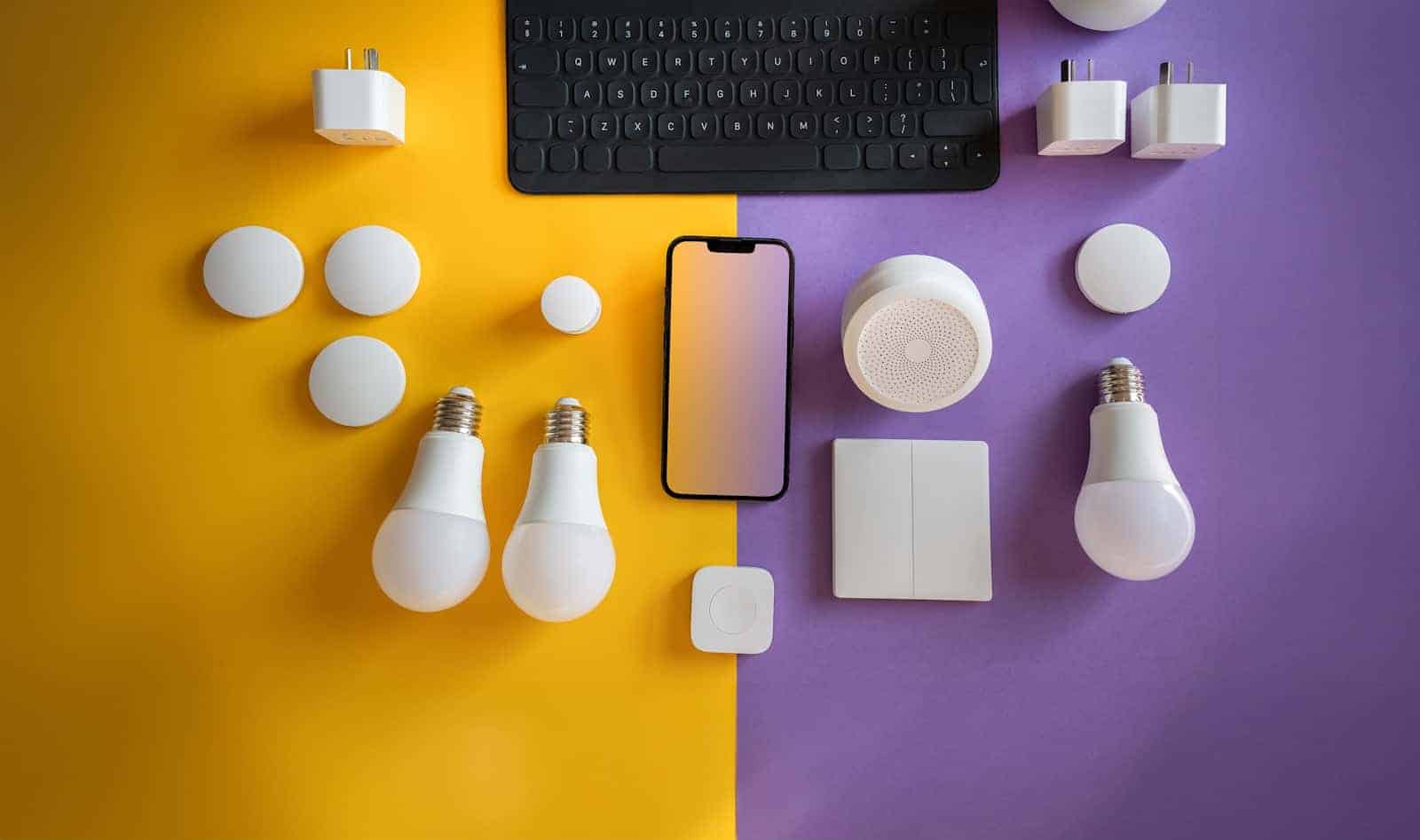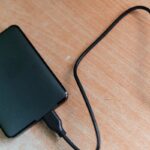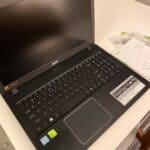Are you interested in how the Internet of Things (IoT) is shaping our future? The Internet of Things (IoT) is a powerful force driving advancements in technology and business innovation. It’s changing the way we live, work, and interact in the digital age. One of the main impacts of IoT is its ability to gather and use data from connected devices, helping businesses make better decisions and improve efficiency. IoT also creates new business opportunities through personalized customer experiences and predictive analytics in sectors like healthcare, manufacturing, and logistics.
The scalability and flexibility of IoT solutions offer opportunities for cost savings and sustainability practices, paving the way for a more connected and intelligent ecosystem. We’ll explore what IoT is, how it works, and the different types of IoT devices that are revolutionizing various industries. Take a look at the top IoT devices to watch out for in 2025, from smart home devices to industrial IoT devices. Let’s delve into the world of IoT and discuss the challenges and opportunities it presents for the future.
Top IoT Devices 2025
| Category | Popular IoT Devices | Key Features/Uses |
|---|---|---|
| Smart Home | Smart Speakers (Amazon Echo, Google Nest), Smart Displays, Smart Lights, Smart Thermostats, Smart Security Systems | Voice control, home automation, entertainment, energy efficiency, security monitoring |
| Wearables | Smartwatches (Apple Watch, Samsung Galaxy Watch), Fitness Trackers (FitBit, Garmin), Smart Clothing | Health monitoring, notifications, remote connectivity, activity tracking |
| Healthcare | Remote Patient Monitoring Devices, Smart Insulin Pumps, Connected Inhalers | Improved patient care, chronic disease management, real-time data collection |
| Industrial IoT (IIoT) | Connected Sensors, Predictive Maintenance Systems, Robotics, Asset Tracking | Increased efficiency, reduced downtime, data-driven insights in manufacturing and supply chain |
| Smart Cities | Smart Traffic Systems, Air Quality Monitors, Connected Streetlights, Smart Waste Management | Optimized resource allocation, improved infrastructure, enhanced public services |
Key Takeaways:
- The use of IoT devices is rapidly growing and is projected to continue increasing in the future.
- By 2025, the top IoT devices will include smart home, wearable, industrial, healthcare, smart city, connected car, agricultural, smart retail, smart energy, and smart security devices.
- The future of IoT devices brings both challenges and opportunities, making it a crucial and exciting field to watch.
What is the Internet of Things (IoT)?
The Internet of Things (IoT) refers to a network of interconnected devices and objects that can collect and exchange data through embedded sensors and technologies.
These devices, ranging from smart thermostats in homes to industrial machinery in factories, gather and transmit data over the internet, enabling seamless connectivity and automation. Connectivity is a crucial aspect of IoT, ensuring that these devices can communicate and coordinate effectively. Data exchange plays a central role, allowing the captured information to be processed and analyzed for valuable insights.
Within IoT ecosystems, sensors are the essential components that capture real-time data from the physical environment. Edge computing facilitates the processing of this data closer to where it is generated, reducing latency and optimizing performance. Machine learning algorithms are then utilized to sift through massive amounts of data, identify patterns, and improve decision-making processes.
How Does IoT Work?
IoT operates by leveraging artificial intelligence (AI) algorithms to analyze data collected from connected devices and utilizing networks to facilitate seamless communication between devices.
AI plays a critical role in processing vast amounts of data generated by IoT devices, extracting valuable insights, and making real-time decisions based on this analysis. Through sophisticated algorithms, AI enhances efficiency and accuracy in data interpretation, ultimately improving system performance.
Networks act as the backbone of IoT, enabling devices to communicate and exchange information seamlessly. These networks provide the infrastructure for data transmission and ensure smooth operation across interconnected devices.
Semiconductors serve as the brainpower behind IoT devices, enabling them to perform various functions and process data efficiently.
What are IoT Devices?
IoT devices encompass a wide range of hardware components that enable connectivity and data exchange, supporting various applications and enhancing operational efficiency through specialized software.
These devices can be found in everyday objects such as smart thermostats, wearable fitness trackers, security cameras, industrial machinery, and even vehicles, all facilitating seamless communication and automation.
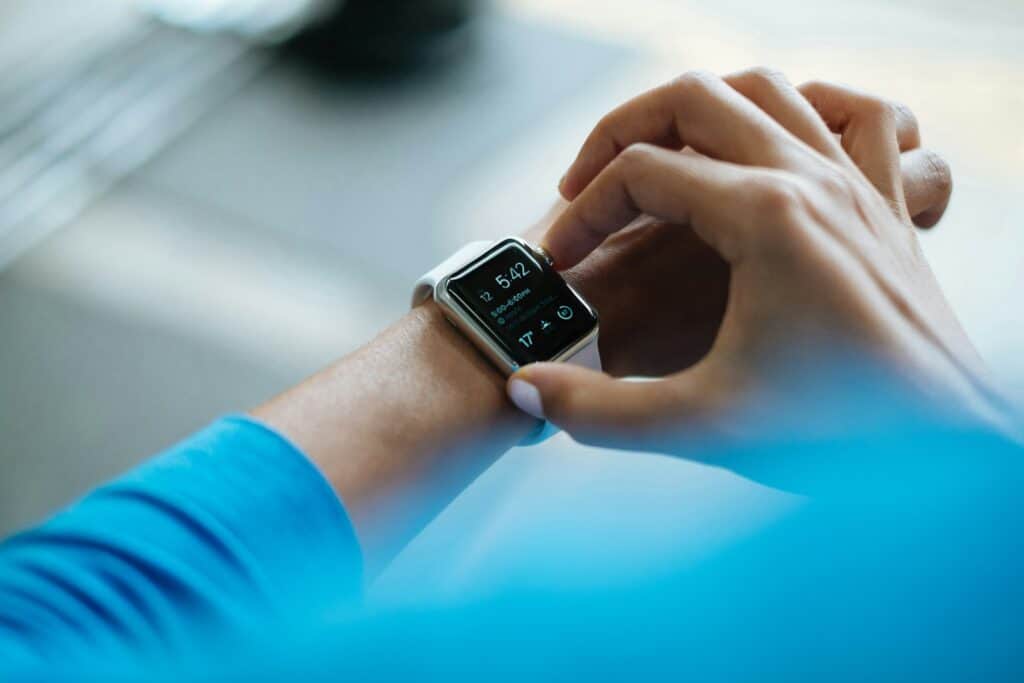
Edge devices play a crucial role in this ecosystem by processing data locally, reducing latency, and minimizing dependence on cloud services. This distributed computing approach enhances speed and reliability, making real-time monitoring and decision-making more efficient.
The evolution of software in IoT has led to advanced analytics, predictive maintenance, and secure data management, crucial for optimizing operations across industries from healthcare to manufacturing.
Types of IoT Devices
IoT devices can be categorized into wearables, security devices, and privacy-focused gadgets, each serving specific purposes in enhancing user experience and data protection. While these categories are distinct, it’s important to note that there can be overlap in their functionality.
Wearables play a crucial role in personal monitoring, enabling individuals to track their health metrics, physical activities, and even receive notifications seamlessly. Examples include smartwatches and fitness trackers.
Security devices in the IoT realm are designed to safeguard sensitive data and prevent unauthorized access. These devices, such as smart locks, cameras, and firewalls, provide an extra layer of protection for homes, offices, and digital systems.
Privacy-focused gadgets are increasingly essential, as they prioritize user confidentiality and data privacy. These devices, including encrypted communication tools, privacy-centric browsers, and password managers, give individuals control over their online footprint and secure their personal information against potential cyber threats.
Top IoT Devices in 2025
In 2025, the top IoT devices are expected to incorporate cutting-edge technologies such as AI integration and 5G connectivity, revolutionizing how data is processed and transmitted in the IoT landscape.
These advancements will not only lead to faster and more efficient communication between devices but also pave the way for more sophisticated automation and predictive capabilities. The synergy of AI algorithms with IoT devices will enable them to learn from user behaviors, anticipate needs, and provide personalized experiences. With the lightning-fast speeds of 5G networks, IoT devices will be able to handle massive amounts of data in real-time, unlocking new possibilities in various sectors including healthcare, manufacturing, and smart cities.
Smart Home Devices
Smart home devices, powered by AI and robust IoT security measures, offer homeowners convenience, energy efficiency, and enhanced living experiences through automation and remote control.
One of the remarkable features of these smart devices is their ability to learn from daily routines and adapt to users’ preferences, creating a personalized and tailored experience. Integration with AI technology enables these devices to understand voice commands and make intelligent decisions, optimizing energy usage and enhancing overall efficiency.
The integration of IoT security ensures that confidential data and privacy remain protected from cyber threats, giving homeowners peace of mind while enjoying the benefits of a connected home. The seamless connectivity among various devices allows for a holistic approach to managing household tasks, from controlling lights and temperature to monitoring security cameras remotely.
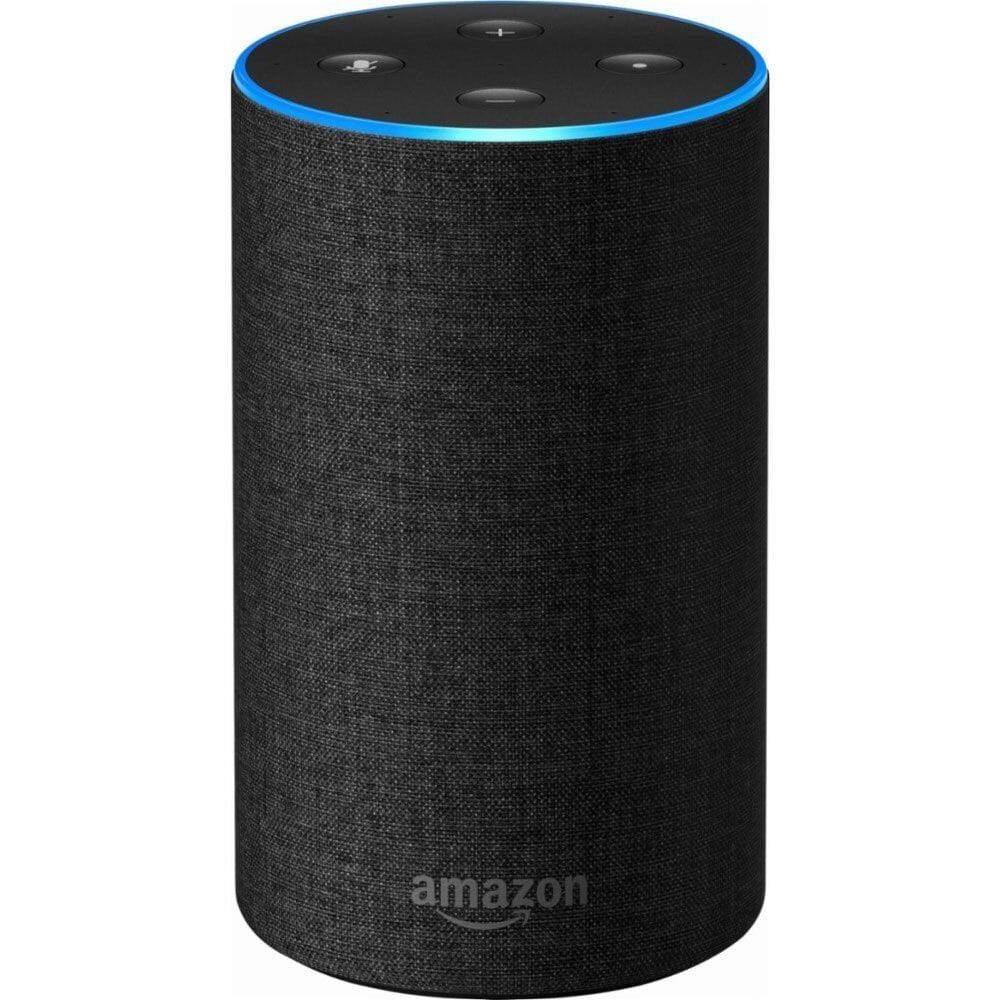
Wearable Devices
Wearable devices, especially in healthcare, are leveraging generative AI to monitor vital signs, track fitness metrics, and enhance proactive health management for users on-the-go.
These innovative devices have become integral tools in promoting preventive healthcare, as they provide valuable real-time insights into an individual’s health status. By continuously measuring parameters like heart rate, sleep patterns, and physical activity, wearables enable users to make informed decisions about their well-being.
The integration of generative AI algorithms allows for personalized recommendations based on the collected data, offering tailored advice on exercise routines, nutrition choices, and even stress management techniques. This level of customization give the power tos individuals to take charge of their health in a more efficient and proactive manner.
Industrial IoT Devices
Industrial IoT devices leverage edge computing and wearable technologies to optimize production processes, monitor equipment performance, and enhance operational efficiency in manufacturing and industrial settings.
Edge computing plays a crucial role by processing data closer to the source, reducing latency and enhancing real-time decision-making. This technology enables quick analysis of vast amounts of data generated by interconnected devices, leading to improved overall equipment effectiveness.
Wearable devices, equipped with sensors and monitoring capabilities, provide invaluable insights into worker safety and productivity. By tracking health metrics, environmental conditions, and movement patterns, wearables ensure a safer work environment and enable proactive measures to prevent accidents.
Healthcare IoT Devices
Healthcare IoT devices integrate edge computing and AI-driven visual inspection technology to enable remote patient monitoring, diagnostic accuracy, and streamlined healthcare delivery in clinical settings.
The utilization of edge computing in IoT devices brings high-performance processing closer to the data source, reducing latency and enhancing real-time data analysis capabilities. This is particularly crucial in healthcare as it enables healthcare providers to make informed decisions quickly based on accurate, up-to-date information.
The integration of AI-driven visual inspection technology facilitates the automation of tedious tasks like image analysis, allowing healthcare professionals to focus more on patient care. The advanced algorithms utilized in these technologies can identify patterns and abnormalities in medical images with remarkable precision, leading to more efficient and reliable diagnostics.
Top Healthcare IoT Devices by Type
| Device Type | Key Uses |
|---|---|
| Remote Patient Monitoring (RPM) Devices | Track vital signs like heart rate, blood pressure, temperature, glucose levels, oxygen saturation. Transmit data to healthcare providers for continuous monitoring and early intervention. |
| Wearable Fitness Trackers | Monitor activity levels, sleep patterns, heart rate, and more. Promote healthy habits, and provide data for potential health issue detection. |
| Connected Glucose Monitors | Automatically track blood glucose levels, share data with healthcare providers, and integrate with insulin delivery systems for improved diabetes management. |
| Smart Medication Dispensers | Ensure medication adherence by dispensing the right medication at the right time and sending alerts or reminders. |
| Connected Inhalers | Track inhaler usage, medication adherence, and collect data on triggers and effectiveness. Can help manage asthma and other respiratory conditions. |
| Implantable Devices (Pacemakers, Defibrillators) | Monitor heart function, deliver therapy when needed, and provide remote monitoring capabilities to healthcare providers. |
| Connected Imaging Equipment (MRI/CT Scanners) | Facilitate remote image review, collaboration, and faster diagnosis. Connected systems can also enable predictive maintenance. |
Smart City Devices
Smart city devices, powered by IoT technologies, are revolutionizing urban infrastructure, transportation systems, and public services to create sustainable, efficient, and interconnected urban environments for residents and businesses.
These innovative devices play a crucial role in real-time monitoring and data collection, enabling city officials to make informed decisions and quickly respond to emergencies. They help in optimizing energy consumption, reducing waste, and enhancing overall operational efficiency across diverse city functions.
- By utilizing IoT sensors and connectivity, smart cities can offer smart parking solutions, efficient waste management, and intelligent public transportation systems that minimize congestion and pollution levels.
- Through the deployment of smart grids and water management systems, cities can enhance sustainability, conserve resources, and mitigate environmental impact, fostering a greener and more resilient urban landscape.
- IoT devices contribute to improving public safety through advanced surveillance systems, emergency response mechanisms, and predictive analytics that enhance the overall security and well-being of city residents.
Connected Cars
Connected cars, a pinnacle of IoT innovation in the automotive industry, integrate advanced connectivity features, autonomous driving capabilities, and real-time data analytics to enhance driver safety, navigation, and vehicle performance.
These cutting-edge vehicles have revolutionized the way we interact with our cars, creating a seamless and efficient driving experience. The integration of connectivity allows cars to communicate with each other and with external infrastructures, paving the way towards a more interconnected transportation system.
The incorporation of autonomous technologies enables cars to make decisions independently, leading to safer and more efficient driving practices. Real-time data analytics play a crucial role in providing valuable insights into vehicle performance, predictive maintenance, and personalized services, thereby shaping the future of automotive technology.
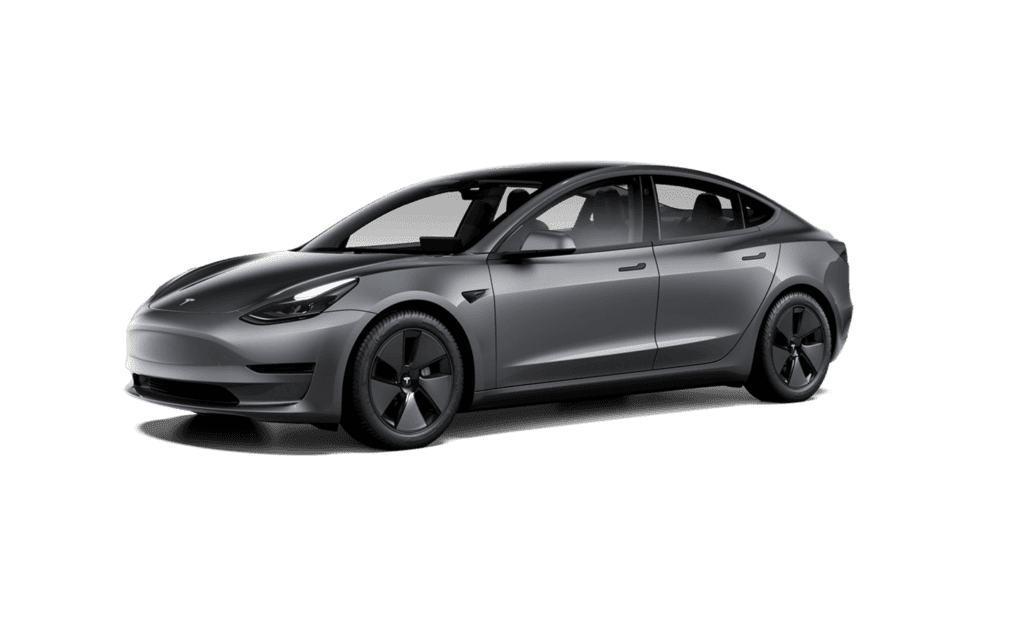
Top Connected Cars 2025
| Model | Manufacturer | Notable Connected Features |
|---|---|---|
| Tesla Model 3 (and other Tesla models) | Tesla | Industry-leading over-the-air updates, advanced navigation with real-time traffic, remote vehicle controls, extensive voice commands, potential for increased self-driving capabilities. |
| Rivian R1S/R1T | Rivian | Extensive off-road navigation capabilities, “Gear Guard” security system using cameras, integration with smart home devices, driver monitoring systems for safety. |
| Lucid Air | Lucid Motors | Advanced driver assistance systems (ADAS), luxurious interior with integrated smart displays, potential for over-the-air updates and feature expansion. |
| Cadillac Celestiq | General Motors | Hands-free Super Cruise driving technology, expansive “pillar-to-pillar” display across the dashboard, high level of customization and luxury features accessible through connected systems. |
| Hyundai Ioniq 6 | Hyundai | Sleek, aerodynamic design, extensive infotainment system, potential for over-the-air updates, focus on energy efficiency. |
Agricultural IoT Devices
Agricultural IoT devices are transforming modern farming practices by enabling precision agriculture, smart irrigation systems, and data-driven decision-making to enhance crop yield, resource efficiency, and sustainability in agricultural operations.
The implementation of IoT devices in agriculture has revolutionized traditional farming methods. These innovative technologies provide farmers with real-time insights into crop conditions, soil moisture levels, and weather patterns, allowing for proactive adjustments in farming strategies. By leveraging IoT devices, farmers can optimize their water management practices, reducing water wastage and enhancing overall resource efficiency.
Precision farming techniques made possible by IoT devices help farmers to tailor their approach to each specific area of their fields, leading to more uniform crop growth and improved yields.
Smart Retail Devices
Smart retail devices utilize IoT technologies for enhanced market analysis, personalized shopping experiences, and inventory management, revolutionizing the retail sector with data-driven insights and customer engagement strategies.
These cutting-edge devices seamlessly work together with various aspects of the retail environment, such as POS systems, sensors, and beacons, to provide real-time monitoring of customer behavior and preferences.
By collecting and analyzing data on foot traffic, product interactions, and purchase histories, retailers can tailor their offerings, design targeted marketing campaigns, and optimize their store layouts to maximize sales and customer satisfaction.
This level of data-driven decision-making offers valuable insights that can drive revenue growth, improve operational efficiency, and build long-lasting customer relationships in the competitive retail landscape.
Smart Energy Devices
Smart energy devices powered by IoT innovations are reshaping energy management, grid optimization, and sustainable practices by enabling real-time monitoring, energy efficiency solutions, and demand response mechanisms for a greener future.
These IoT devices play a crucial role in enhancing grid optimization as they collect vast amounts of data to analyze consumption patterns and forecast energy demands, allowing utilities to make informed decisions for efficient energy distribution. Their integration with renewable energy sources like solar panels and wind turbines fosters the growth of sustainable practices by maximizing clean energy usage. Through innovative solutions like smart meters and sensors, IoT devices provide real-time insights into energy consumption, give the power toing users to adjust their usage based on demand fluctuations and pricing incentives.
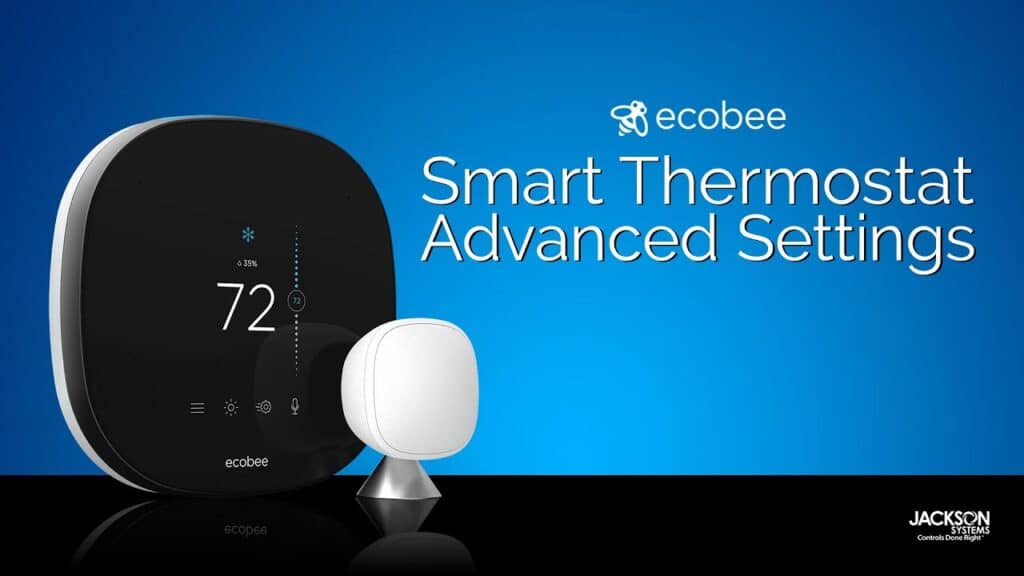
Top Smart Energy Devices 2025
| Device Type | Brands to Watch | Key Features | Benefits |
|---|---|---|---|
| Smart Thermostats | Google Nest, Ecobee, Honeywell Home, Emerson Sensi | Precise temperature control, remote access, scheduling, learning capabilities, integration with smart speakers. | Energy savings, increased comfort, convenience. |
| Smart Plugs & Power Strips | TP-Link Kasa, Wyze, Belkin WeMo, Eve Energy | Remote on/off control for appliances, energy monitoring, scheduling, integration with voice assistants. | Reduce standby power consumption, automate devices, gain insights into energy usage. |
| Whole-Home Energy Monitors | Emporia Vue, Sense, Curb | Real-time monitoring of household energy consumption, circuit-level monitoring (for some), solar integration, notifications & insights. | Identify energy hogs, optimize usage, potential for solar monitoring. |
| Smart Lighting | Philips Hue, LIFX, Nanoleaf, Sengled | Color changing bulbs, dimming, scheduling, automation, integration with smart ecosystems. | Ambiance creation, energy savings, security integration. |
| Smart Appliances | LG, Samsung, Whirlpool (various categories) | Remote control, scheduling, energy monitoring, integration with smart home systems. | Improved efficiency, convenience, optimized usage based on energy costs. |
Smart Security Devices
Smart security devices leveraging IoT technologies and blockchain solutions provide advanced threat detection, secure access control, and data encryption to safeguard homes, businesses, and critical infrastructures against cyber threats and unauthorized access.
By integrating smart devices with IoT, individuals and organizations can monitor their surroundings in real-time, receiving instant alerts on suspicious activities or breaches. Through the use of blockchain technology, the security systems create immutable records of access attempts and transactions, ensuring transparency and integrity of data.
This unalterable ledger not only enhances accountability but also strengthens the authentication process, mitigating the risks of identity theft and intrusion. By leveraging AI algorithms, these intelligent security solutions can dynamically adapt to evolving threats, making them formidable barriers against cybercriminals.
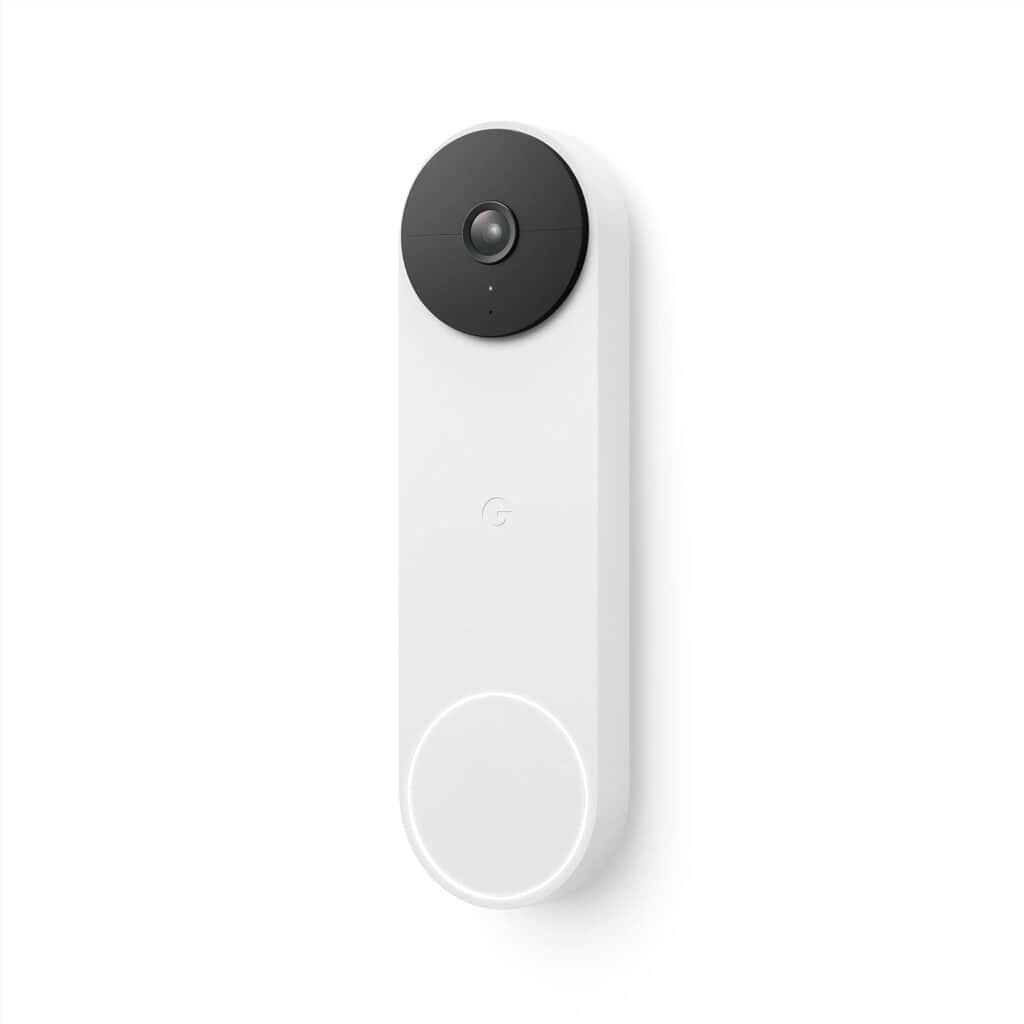
Top Security Devices 2025
| Device Type | Brands to Watch | Key Features & Trends | Considerations |
|---|---|---|---|
| Smart Doorbells | Ring, Google Nest, Arlo, SimpliSafe | Advanced motion detection, facial recognition, AI-powered package detection, two-way communication, integration with other smart home devices. | Video quality & resolution Subscription costs for features Power options (battery vs wired) |
| Smart Locks | August, Schlage, Yale, Kwikset | Keyless entry, auto-unlock / lock features, remote access, temporary guest codes, integration with smart speakers and security systems. | Reliability & durability Compatibility with your existing door hardware Backup options (keypad, physical key) |
| Security Cameras (indoor & outdoor) | Wyze, Arlo, Google Nest, Ring, Eufy | High-resolution video, motion detection, night vision, two-way audio, cloud storage, AI-powered person/object detection, weatherproofing (for outdoor cameras). | Field of view Local vs cloud storage Power source (battery, wired, solar) Privacy features |
| Complete Smart Security Systems | ADT, Vivint, SimpliSafe, Frontpoint, Abode | Professional monitoring options, comprehensive sensor packages (door/window, motion, flood, smoke), smart hubs for control, integration with smart speakers. | Contract length vs. self-monitoring Equipment costs Installation (DIY vs. professional) Smart home compatibility |
Future of IoT Devices
The future of IoT devices holds promising advancements in AI integration, 5G connectivity, and edge computing, while also presenting challenges related to security, scalability, and interoperability that need to be addressed for sustainable growth.
AI technologies are revolutionizing IoT capabilities by enabling devices to make autonomous decisions in real-time based on data analysis. With the deployment of 5G, these IoT devices can achieve faster speeds, lower latency, and increased bandwidth, enhancing their performance and connectivity. Edge computing further complements IoT by processing data closer to the source, reducing latency and bandwidth usage.
Ensuring the security of IoT networks remains a pressing concern as cyber threats continue to evolve. Scalability issues arise with the massive influx of IoT devices, leading to potential network congestion and data overload. Interoperability challenges persist due to the diverse range of devices and protocols used in IoT ecosystems, necessitating standardized approaches for seamless integration.
Challenges and Opportunities
The IoT landscape faces notable challenges such as cybersecurity threats, data privacy concerns, and digital infrastructure limitations, yet it also offers vast opportunities for technological advancements, digital transformation, and internet innovation that can reshape industries and societies.
Despite the obstacles presented by cybersecurity risks and privacy issues, the IoT realm teems with prospects for progress and innovation. As advancements accelerate, the potential for transformative impacts on various sectors becomes increasingly evident. Through digitalization and smart technologies, new horizons emerge, paving the way for a future where interconnected devices revolutionize everyday life. While navigating the complexities of digital infrastructure constraints, the IoT landscape propels towards a future filled with endless possibilities and revolutionary changes.
Frequently Asked Questions
What are the top IoT devices predicted for 2025?
According to experts, the top IoT devices predicted for 2025 include smart home assistants, connected cars, wearables, industrial sensors, smart appliances, and healthcare monitors.
Which smart home assistant is expected to dominate the market in 2025?
It is predicted that Amazon’s Alexa will continue to dominate the smart home assistant market in 2025, with an estimated 70% market share.
What advancements are expected in the connected car industry by 2025?
By 2025, connected cars are expected to have more advanced features such as autonomous driving, advanced safety systems, and seamless integration with other smart devices.
How will wearables evolve by 2025?
Wearables are expected to become even more advanced and integrated into our daily lives by 2025, with features like real-time health monitoring, personalized coaching, and augmented reality capabilities.
What industries will benefit the most from the use of industrial sensors in 2025?
The manufacturing, logistics, and healthcare industries are expected to benefit the most from the implementation of industrial sensors in 2025, as they can improve efficiency and accuracy in various processes.
What impact will IoT devices have on healthcare in 2025?
In 2025, IoT devices such as healthcare monitors will greatly impact the healthcare industry by allowing for remote patient monitoring, real-time data collection, and improved patient outcomes.

